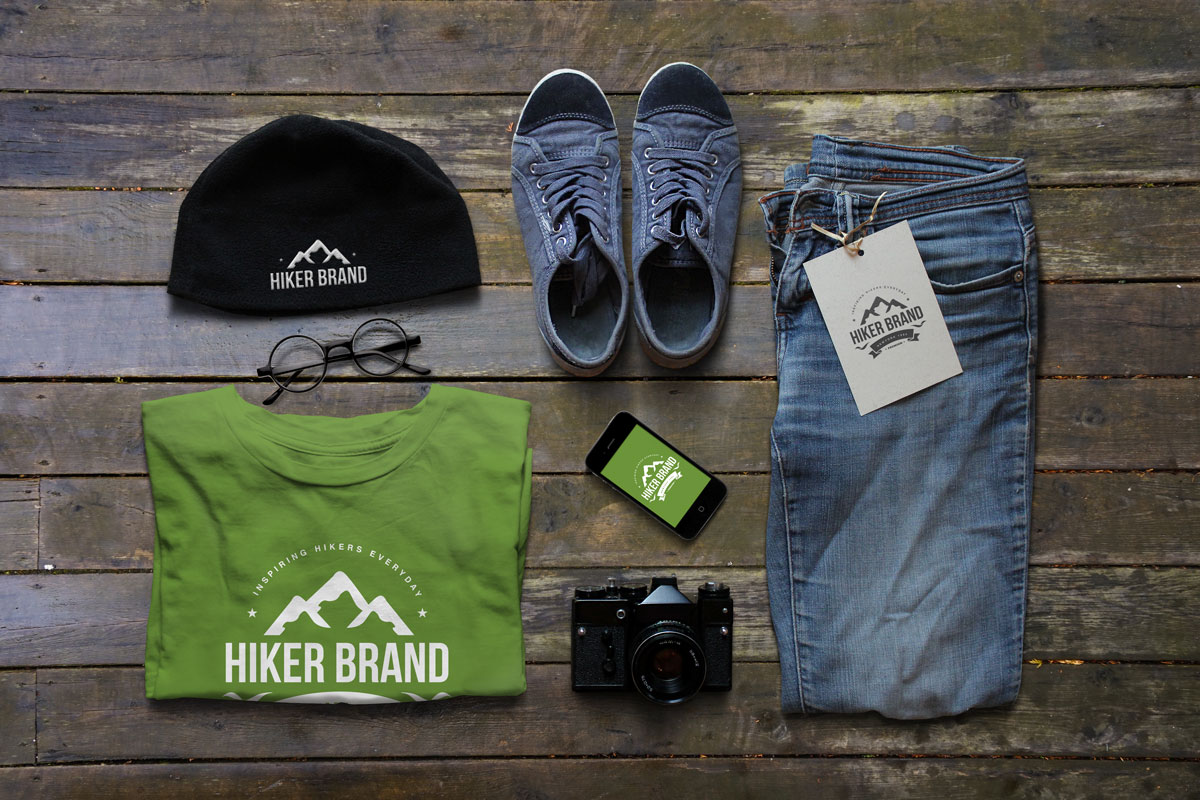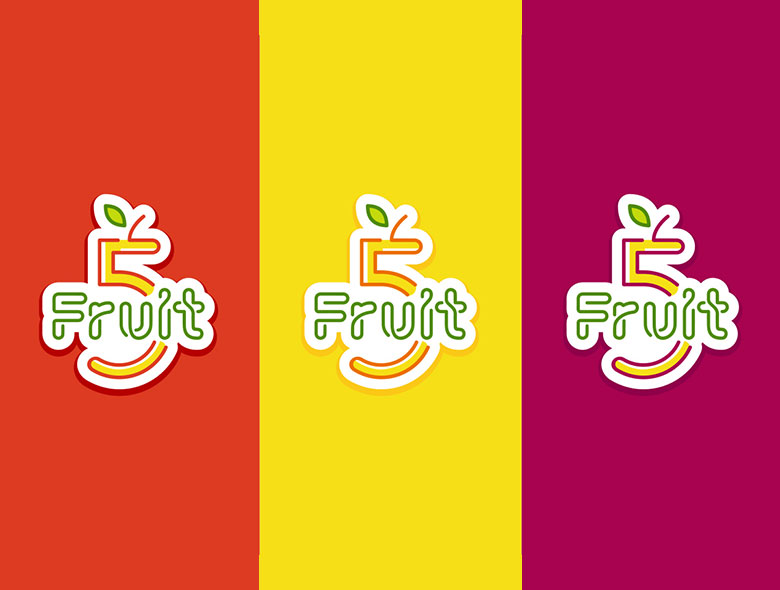Brand Success: Building a successful brand is a challenge. More so when you are in a crowded marketplace, competing with hundreds if not thousands of other providers. Being heard above the noise and connect with your target audience may seem almost impossible, at times.
In this article, I offer you the 4 Pillars Of Brand Success.
Understanding and implementing 4 core elements that are fundamental to your brand success is critical and can be achieved for a greater brand experience. In fact, these 4 pillars form the foundation of our Brand Immersion Marketing methodology. Note that these pillars apply to both local and global branding – logo designs, websites, mobile apps and other brand elements that shore up brand equity.
Remember that creating brand success is all about creating an emotional connection with the target audience through success stories and a compelling brand promise. Competitive advantages take a backseat if you tell the right brand story and build the right brand identity.
Pillar #1: Strategy
Hiker Brand is a clothing label targeting a niche market – hikers. in 2015, they had been in business for over 5 years with yearly growth of less than 2%. In fact in 2015 their growth was -4%. Although they had great products and an equally impressive customer service, they simply could not see any growth.
A quick discovery phase exposed the weak link when Hiker Brand approached SpellBrand to help spark growth. Hiker Brand had no cohesive plan or strategy. They were simply selling their apparel with no brand story or message. They knew their products were of superior quality in the market and their customers were happy. They believed this was enough dominate the market.
To be successful, a plan of action is crucial. With out a plan, your brand will be like a rudderless ship in a stormy sea. The winds and the waves will lead it. Perhaps going around in circles. Perhaps going the opposite creative direction. Or perhaps even dashing onto rocks.
A plan that is based on long term vision and that may sacrifice short gains. People always say you should reach out to the low hanging fruit first. That may work sometimes but that is not the rule always. Sometimes, going straight for the low hanging fruit may deplete the resources needed to take your brand to the next level.
A brand strategy that enables a brand to raise above the competition by showcasing it’s value proposition and creating an impact on the target market can also be called as positioning strategy. Strategy sets the path. Strategy enables focus of time and resources. Strategy prevents a brand from going astray. This can sometimes be covered under positioning strategy.
With Hiker Brand, we brought together all the core value propositions that create a narrative that goes beyond just selling apparel. We developed a brand story that connected with their target audience more intimately. This strategy along with the other three pillars mentioned below, enabled the brand to create a huge online community or loyal fans who then became paying customers.
Growth spurted and within the year, the client witnessed a 13% increase in revenue over the previous year! Next year they hope to double that percentage.
Read Brand Identity Case Study
Pillar #2: Identity
Fruit 5 is a new startup in London, UK that plans to introduce an honest and valuable product into the highly competitive smoothie and juice segment. Dominated by super brands such as Innocent Smoothies and shakes etc., the client knew they had a tough battle ahead. Armed with a beautiful brand strategy we helped hone, the next step was creating an image that would help the brand make an impact and be noticed.
Fighting for attention on the shelves for any product is quite a daunting proposition. In fact most products die on the shelves just because of their looks, branding and package design. So, to enable Fruit 5 fight the battle on the shelves and fridges of supermarkets, we knew that we had to create a stellar identity.
Differentiating is key. Identity is the visual language of a brand. Your identity can help your brand connect with your customers and create trust. A poorly constructed identity can damage your brand reputation and perception.
At the core of the brand identity is the brand mark or logo design. From the logo stems the color palette, font treatment and other visual cues that the rest of the branding imbibes.
Read Brand Identity Case Study
Pillar #3: Web Presence
Marikit is a fashion brand based out of Dubai. The challenge that Market faced stemmed from the lack of a cohesive brand strategy. The client was not sure how to approach transitioning from brick and mortar to online selling. They knew they needed a website. But beyond that they had many doubts. At Spellbrand, after having worked on their brand strategy, identity design and visual language, we worked hard to create a plan for their web presence.
The founder of the brand was the brand ambassador and we wanted her to lead the way in terms of branding online. To help the brand achieve maximum brand recall with a limited marketing budget, we advised the client to launch two different websites – a personal fashion blog and an e-commerce sales website.
The personal fashion blog would be a platform for the fashion designer to express her design philosophy. It would be a place where she could let the world know the stories behind her creations with our cluttering up the sales website. She would use the personal fashion blog to document her travels and experiences in life that shape her designs and collections.
The commerce sales website would be a straight forward online shopping website and would come at the end of the sales funnel. The buyer personas that we identified in the strategy phase would encounter the brand at a couple of different touch points – social media channels and the personal fashion blog. From there they would make their way to the sales website.
This strategy may not work for everyone and would in fact require more time an resources to execute. But if the founder of the brand is to be the brand ambassador, then having a separate channel for him or her to build a cult following would work well.
Pillar #4: Online Marketing
The final pillar is online marketing – and these days it seems to focus solely on social media marketing. Strictly speaking, online marketing can be split into inbound marketing and social media marketing but one can not be effective without the other. Having just social media channels without conversion strategies and inbound assets would be wasted traffic. At the core of Inbound marketing lies the need to provide value to your audience. This could be in the form of education, advice or though leadership. Engaging on social media is about building relationships and creating interest in your brand, service or product by helping your target audience become informed.
Surprisingly, neither inbound marketing nor social media marketing is about selling. It is about building a relationship with your target market. It is about getting in the world view of your customers and making then aware you are in that world. Once your potential customers realize your brand’s presence in their world, you do not need to sell to them. They would want to buy from your brand.
Sensacalm came to SpellBrand when they were already having very strong sales online. What they wanted was to not only ensure that strong sales online continue but also to be ready for any changes that may arise on the online landscape. Smart thinking. To accommodate their request, we came up with a combination of a rebrand, development of a scalable commerce website and a social media strategy that included inbound tactics.
The result is a 40% increase in online sales along with strong online presence that would sustain any changes to their market segment online.





